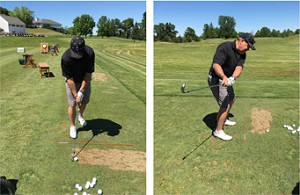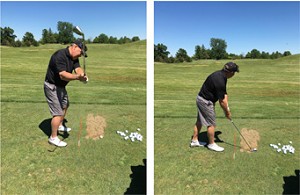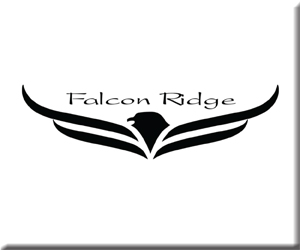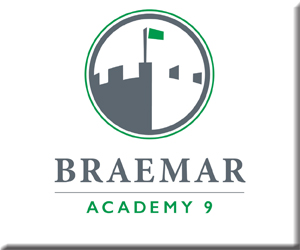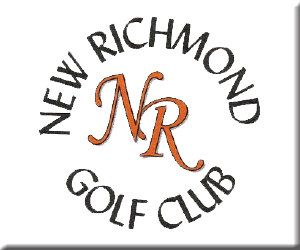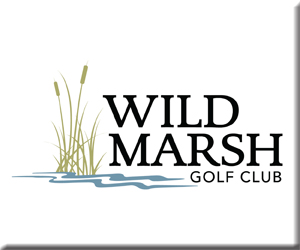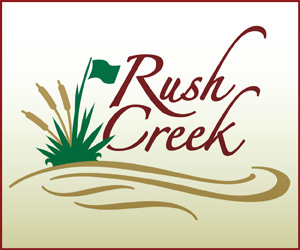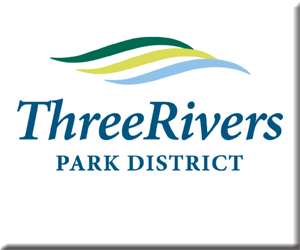13 Seconds
By Michael Hinton
13 seconds. Doesn’t seem like a lot of time does it? But, that’s exactly how long it takes me to hit a golf ball. Do you know how long it takes you? If you don’t, read on!
I often hear from students that they hit it great on the range, but just can’t take it to the course. The problem is fixed by identifying two different types of practice; repetitive or rehearsal. Repetitive type of practice is something you do when you are trying to master a particular shot. Let’s say 100 bunker shots in a row without much of a routine. Repetitive practice is designed just to give you a feel of the particular shot and what it takes to execute it. It is meant for speed and designed to get as much out of your practice time as you possibly can. When I was a kid I used to love golf in the golf dome just for this reason. You could hit a lot of balls in a short amount of time and work one shot or swing over and over and over again.
The second type of practice is rehearsal. Just like actors or performers, you have rehearsals, and then you have dress rehearsals. When you have a tee time, you should take 30-45 minutes to have your own “dress rehearsal” if you will. This is not prohibited to just warming up before a round, but working on your routine on the range is very critical to taking your range game to the course. This does NOT mean you have to line up the ball from behind every time and startle your friends! This means that you work on your pre-shot routine, breathing techniques, and shots required or that you think will be required on the course. Here is how you do it:
• Pull your left foot away from the ball and get your ball position routine. Align the club face to the target (take your time) while you bring your left foot back to parallel and get your ball positioned perfectly every time. (Picture 1)
• Once your ball is placed correctly and the club is behind the ball, you begin to move the club back and forth (waggle), based on the shot required. For example, if you’re trying to hit a low hook around a tree, you might waggle low and closed with the club face (Picture 2). Trying to hit a high soft shot? Waggle up and open the clubface more (Picture 3). The waggle helps you recreate the shape of the swing that helps you hit the shot your trying to hit.
• The waggling process also allows time to breath, make adjustments to alignment, and make it easier to become reactionary to the target while being more relaxed. Your waggle routine should include at least 1-3 looks to the target and 1-3 looks in the air (ball flight apex). That is for you to decide but should include both. (Picture 4)
• During the club placement phase and the waggle phase, you should take a breath in and take a breath out before you start the swing. Again this is up to you to decide but you need to decide on when you breathe. This relaxes the hands and arms and gets unnecessary tension out of your body. Once you take your desired number of waggles and breaths, the back swing begins.
PGA tour players do these same routines every single time. The goal here is to try to help you take your range sessions to the course and to have the same timing of every shot, be it on the course or on the range. Most golfers NEVER do this and it is very important to start to understand your routine better. It is also important to learn these techniques so you actually play this game in rhythm. When is the last time you were happy with your rhythm on every hole? My bet is never.
In closing, once you develop your own routine, it should never ever change. You should be able to time your shots exactly, and be able to recreate this timing precisely the same every time! Will you make bad swings? Sure will. However, you should never make a mistake in your pre-shot routine and get out of sequence before your start your back swing. If you do, stop, and start over again. It’s better to take the extra time and hit a quality shot, rather than rush it and make a poor shot.
